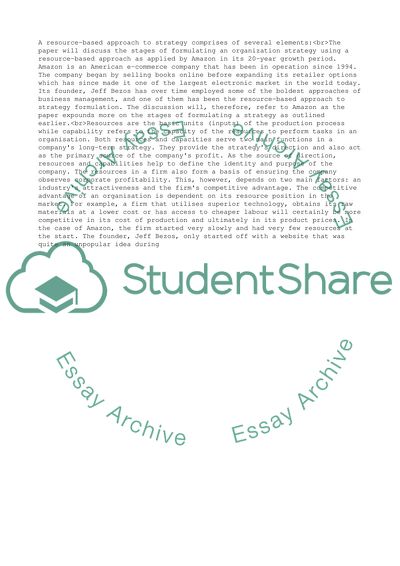Cite this document
(Not Found (#404) - StudentShare, n.d.)
Not Found (#404) - StudentShare. https://studentshare.org/business/1850779-resource-based-approach-to-strategy-analysis
Not Found (#404) - StudentShare. https://studentshare.org/business/1850779-resource-based-approach-to-strategy-analysis
(Not Found (#404) - StudentShare)
Not Found (#404) - StudentShare. https://studentshare.org/business/1850779-resource-based-approach-to-strategy-analysis.
Not Found (#404) - StudentShare. https://studentshare.org/business/1850779-resource-based-approach-to-strategy-analysis.
“Not Found (#404) - StudentShare”. https://studentshare.org/business/1850779-resource-based-approach-to-strategy-analysis.


